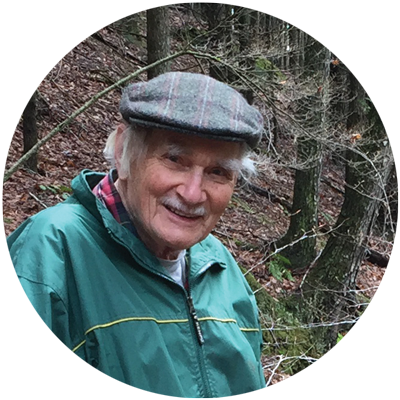Home >
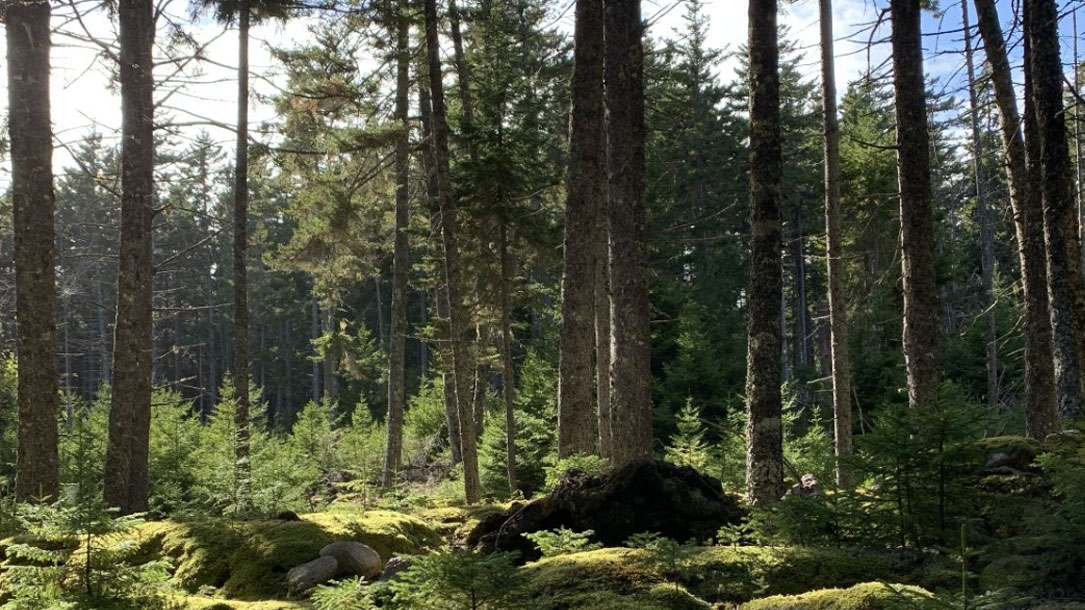
Earth’s coldest forests are shifting northward with climate change
New research from Northern Arizona University shows rising temperatures are causing Earth’s coldest forests to shift northward, raising concerns about biodiversity, an increased risk of wildfires, and mounting impacts of climate change on northern communities…
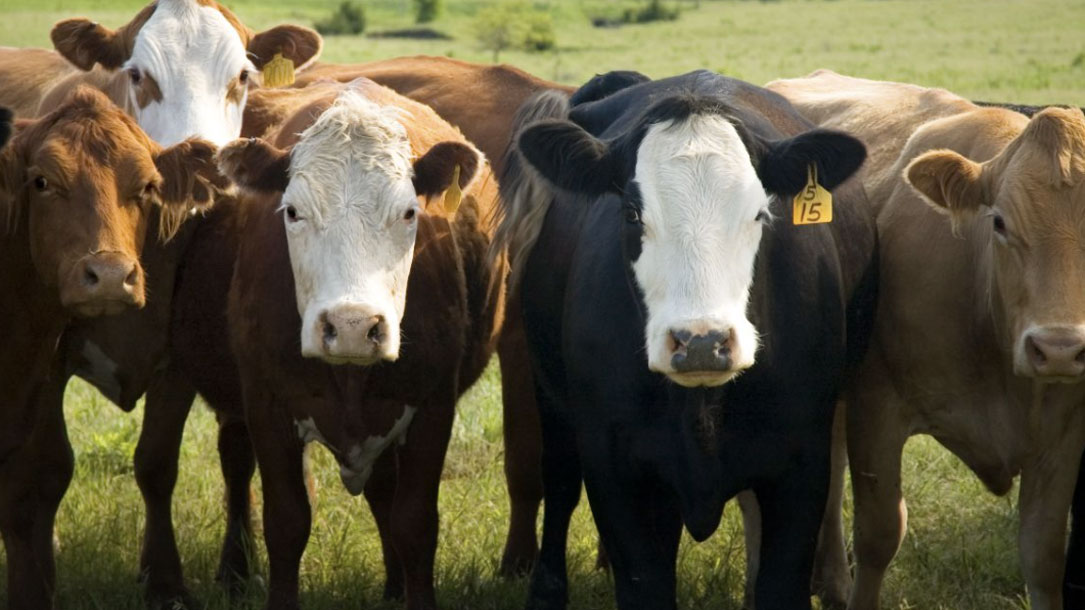
Regenerative ranching is better for the environment, but can it be profitable?
Ellis tells me that she did the math, and the amount of beef she produces on her ranch in a year is about the same quantity that McDonald’s uses globally in 45 minutes. “I’m this tiny blip on the radar,” she says. “But if I could get all ranchers across the nation doing the job sustainably, then we’d have a lot of clout.”
She says most consumers have no idea if their beef comes from a ranch with environmental goals. “I want to give them that choice”…
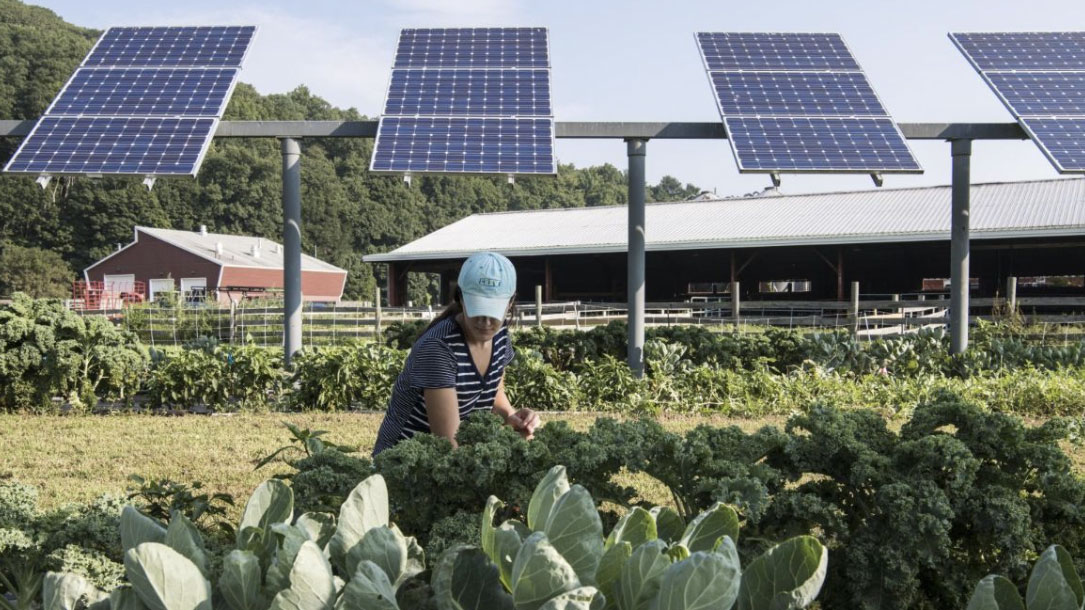
Farms under threat: the state of the States
American Farmland Trust’s new report used spatial mapping analyses of agricultural land conversion to provide unprecedented insights into the status and fate of American farmland. Our findings and maps of agricultural land at the state, county, and even sub-county levels show that between 2001 and 2016, 11 million acres of farmland and ranchland were converted to urban and highly developed land use (4.1 million acres) or low-density residential land use (nearly 7 million acres).

The latest IPCC report: What is it and why does it matter?
The IPCC has released a new climate report, building on the findings of a previous report released in February. But what exactly is the IPCC? What do these reports mean, and how are they different from previous reports? Is our situation as grim as some of the news headlines make it sound?
We’ve prepared this guide to help you understand what these latest climate reports are, what their findings mean for our world and what we can do about them.
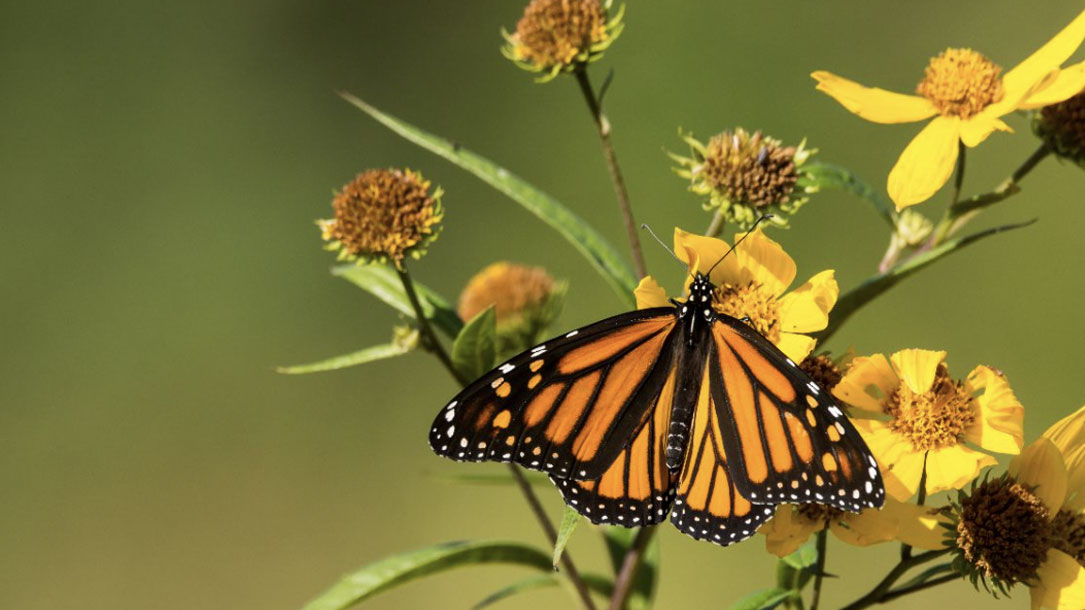
Climate Change Pilot Project
South Kingstown Land Trust was invited by the University of Rhode Island’s Coastal Resource Center (CRC) to participate in a pilot project to investigate how climate change could impact land trusts — whether impacts to our land holdings themselves or to our priorities for preservation.
For Rhode Island, the likely effects of climate change will include sea-level rise and increases in air and water temperature, precipitation, and storminess. The study was funded by the Rhode Island Coastal Resources Management Council…
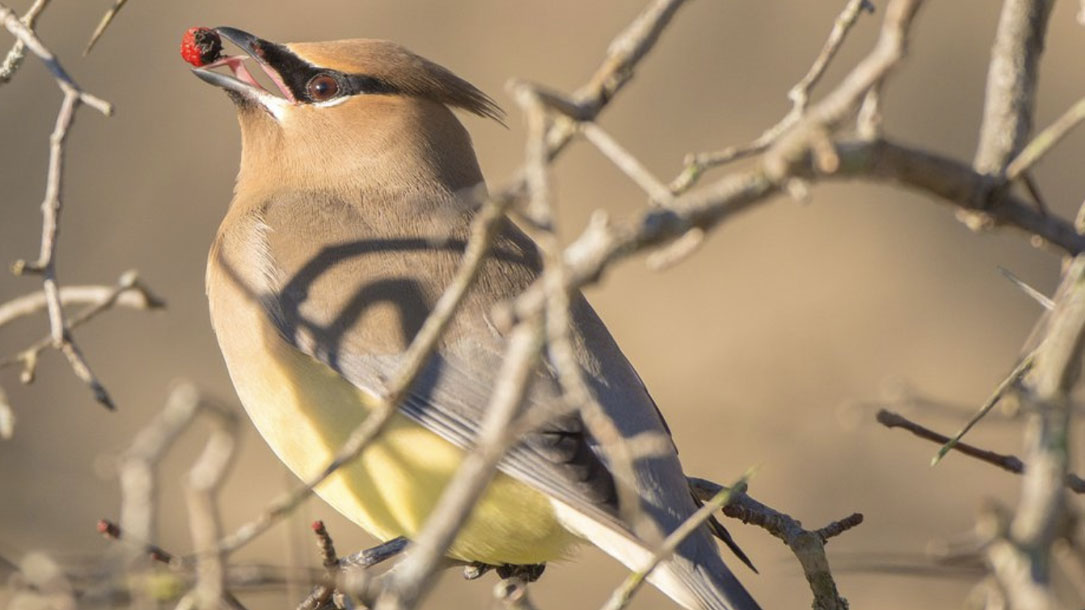
With fewer animals to move their seeds, plants are stuck in threatened habitats
Half of all plant species rely on animals to scatter their seeds through hitchhiking in scat, fur, or beaks. When animal populations decline, so does the ability plants have to disperse their seeds and adapt to climate change. Against the backdrop of a heating planet, species are shifting away from their historically-adapted climate conditions…
A study published this month in the journal Science found that 60 percent of all plants globally are already having trouble keeping up with climate change as seed-spreading species face major drops in population numbers…
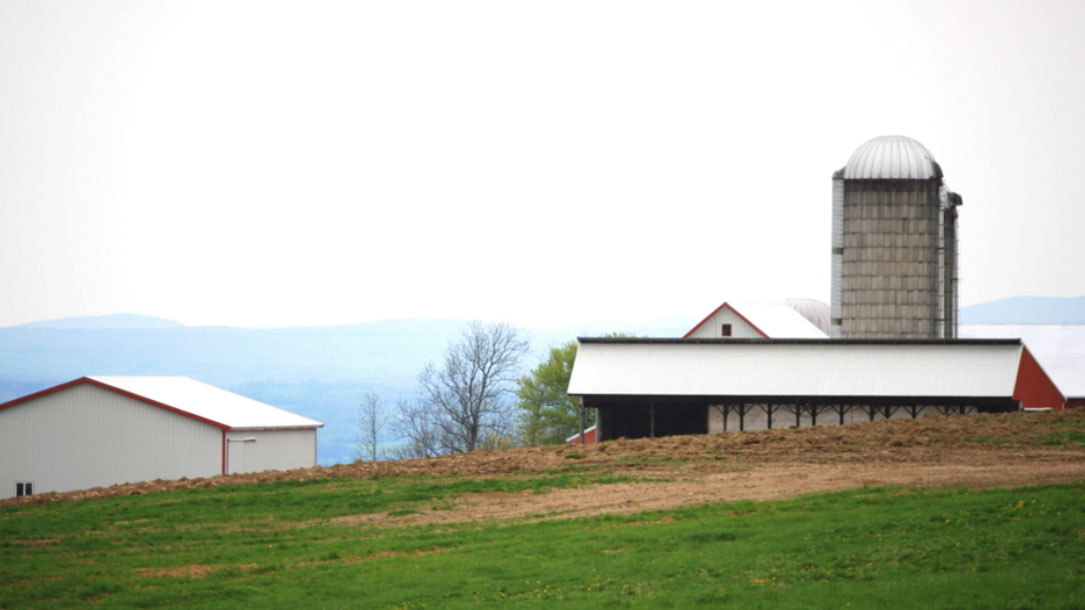
SunCommon financing program helps Vermont organic farmers go solar
SunCommon, headquartered in Waterbury, Vermont, launched a program that offers to help Organic Valley farmers go solar with zero upfront costs. Organic Valley is the largest farmer-owned organic cooperative in the US with a footprint of 100+ Vermont farms. The program provides Organic Valley farmer-members with financing for solar and other renewable energy projects. Farmers benefit from a fully-funded solar installation with no upfront costs, and they save on their energy bill…

The effects of defaunation on plants’ capacity to track climate change
Most plant species depend on animals to disperse their seeds, but this vital function is threatened by the declines in animal populations, limiting the potential for plants to adapt to climate change by shifting their ranges. Using data from more than 400 networks of seed dispersal interactions, Fricke et al. quantified the changes in seed disposal function brought about globally by defaunation.
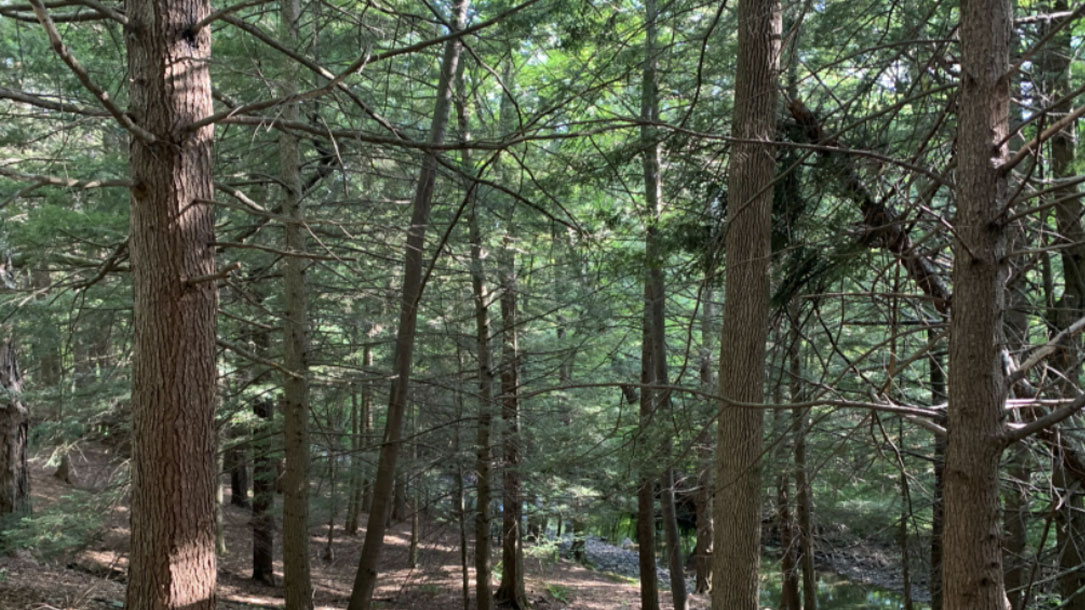
Keeping trees in the ground where they are already growing is an effective low-tech way to slow climate change
Mature trees that have reached full root, bark, and canopy development deal with climate variability better than young trees. Older trees also store more carbon. Old-growth trees, which are usually hundreds of years old, store enormous quantities of carbon in their wood, and accumulate more carbon annually…

Soil organic carbon pools in the northern circumpolar permafrost region
The Northern Circumpolar Soil Carbon Database was developed in order to determine carbon pools in soils of the northern circumpolar permafrost region. The area of all soils in the northern permafrost region is approximately 18,782 × 103 km2, or approximately 16% of the global soil area. In the northern permafrost region, organic soils (peatlands) and cryoturbated permafrost-affected mineral soils have the highest mean soil organic carbon contents…



